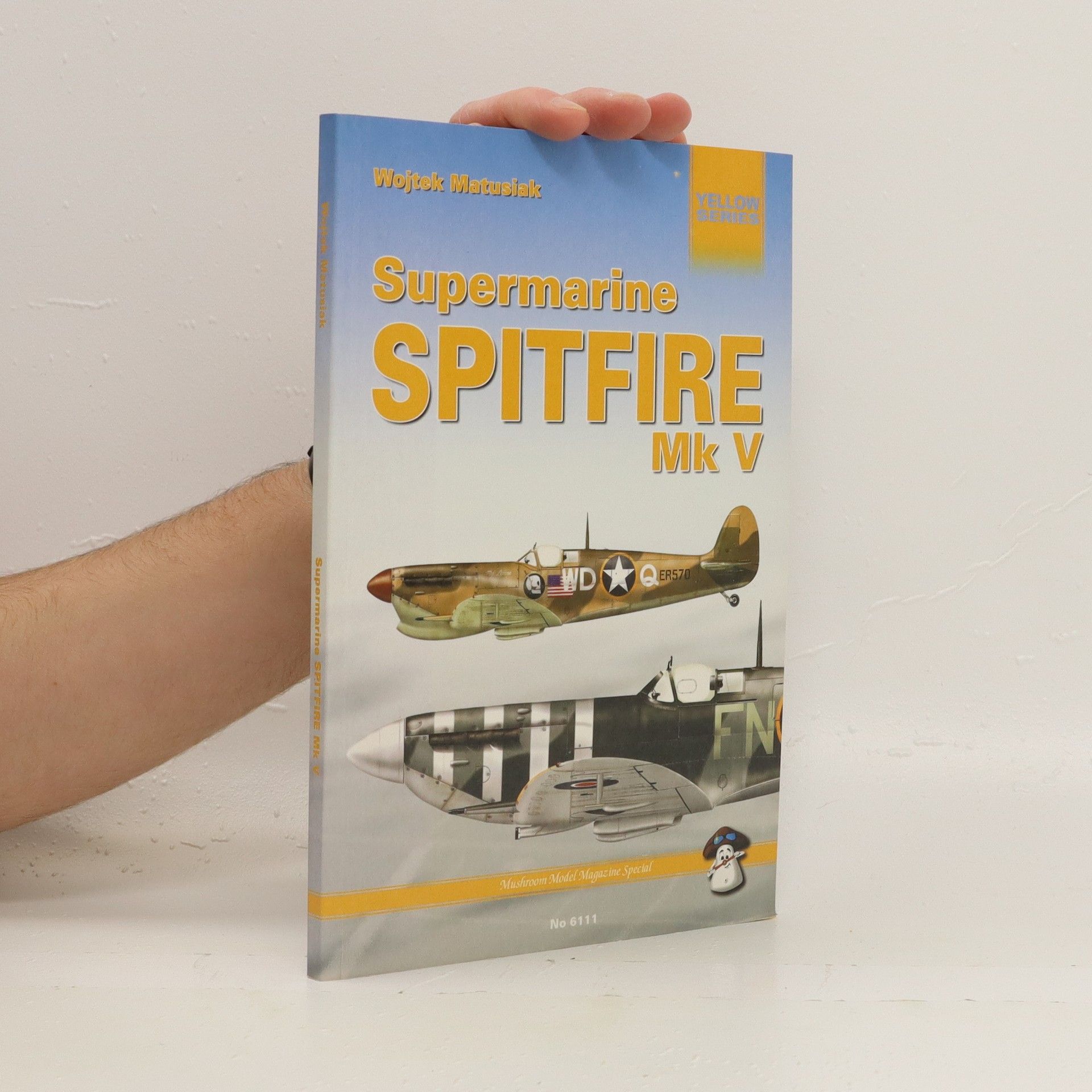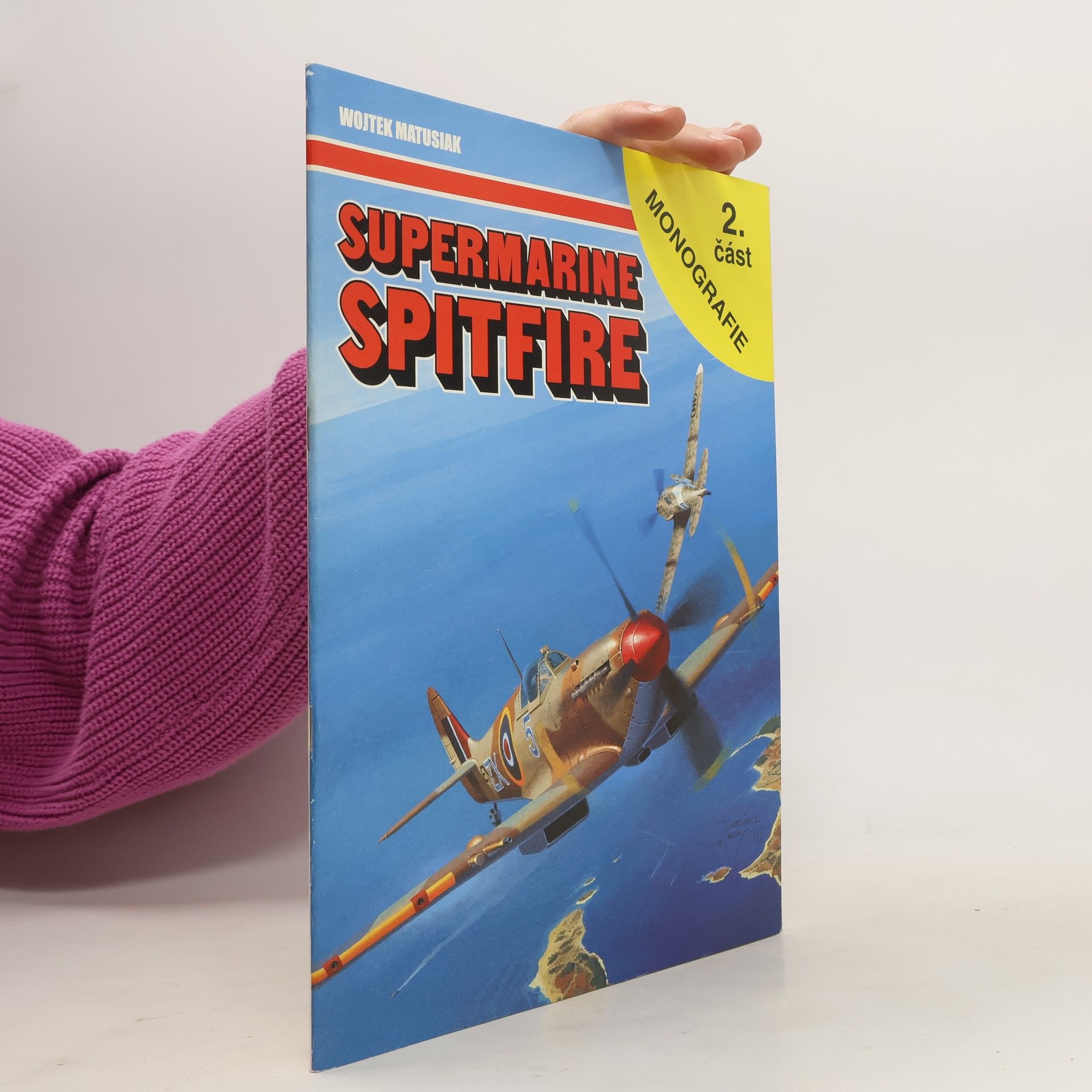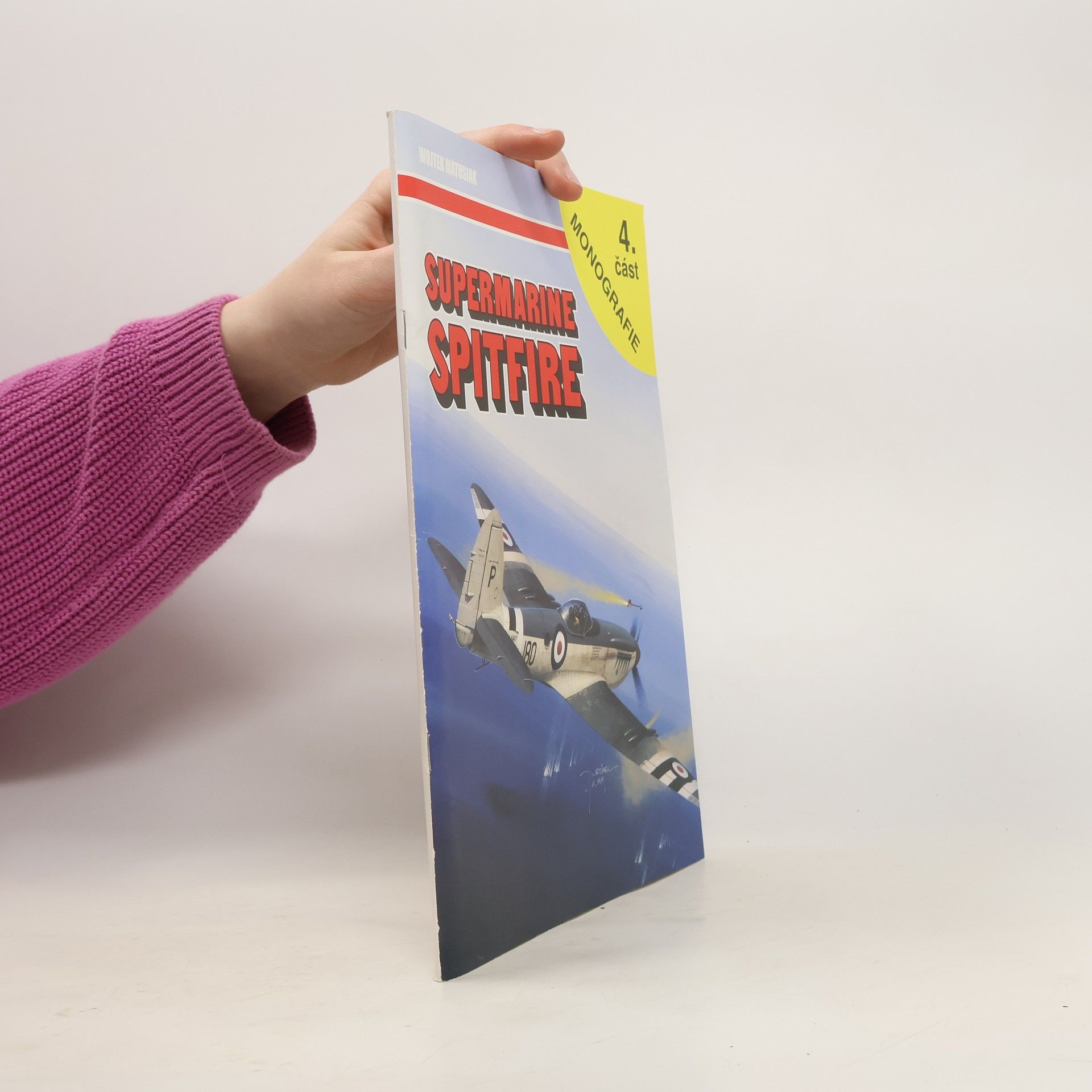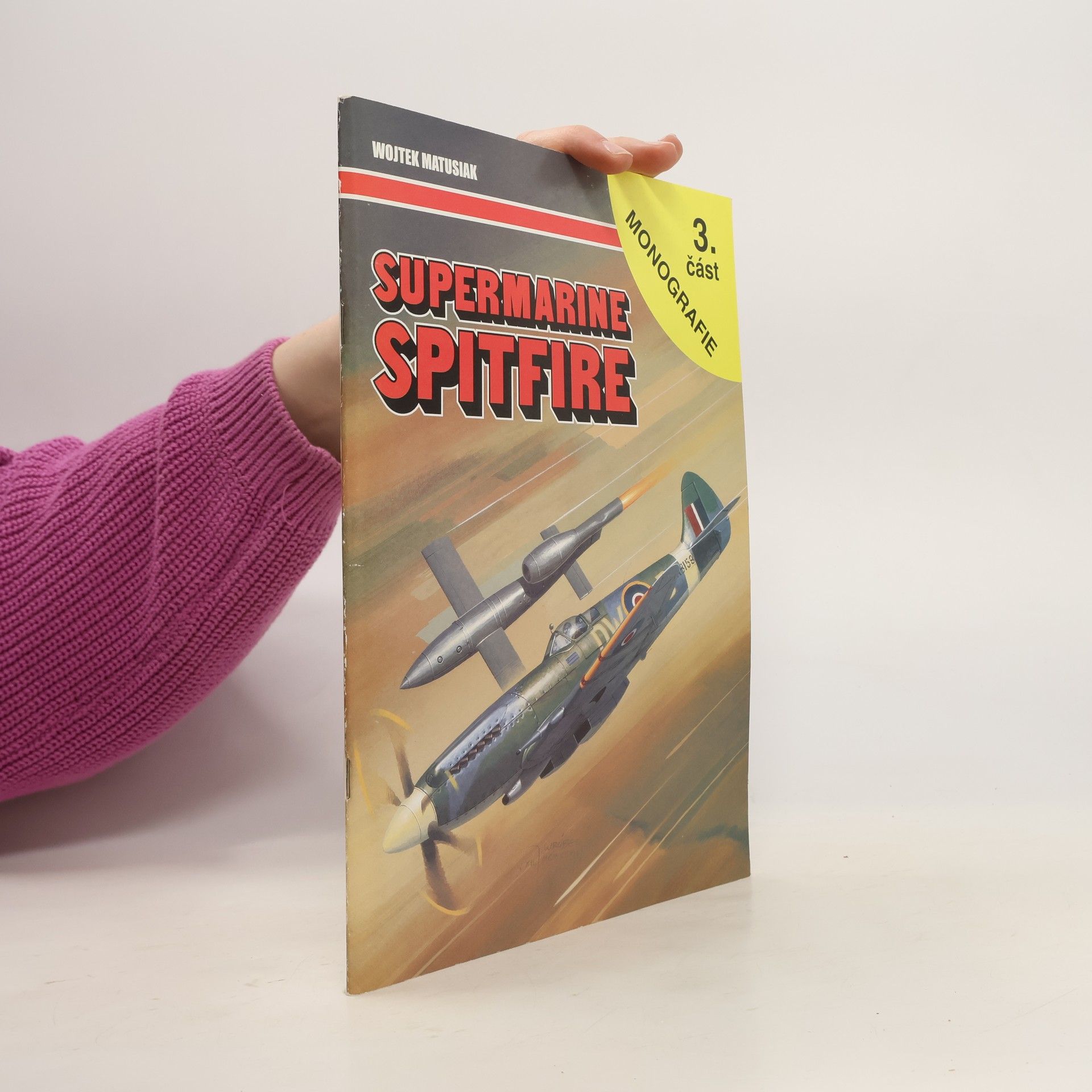Supermarine Spitfire 3
- 110 stránok
- 4 hodiny čítania






Druhá část monografie o letedle Supermarine Spitfire.
This volume in the 'Polish Wings' series covers three fighter designs, which equipped the Polish Air Force from the late 1920s up to the outbreak of war. The Avia BH.33 was a Czech aircraft brought in to replace the unsatisfactory SPAD 51 and 61, and built under licence by PWS. The same company then designed the PWS 10, which was the first indigenous Polish fighter to enter service. Finally the PZL P.7a was the first of the classic Pulawski gull-wing monoplane fighters to see service, soldiering on right up until 1939 although it was obsolete by that time.The service use of all three aircraft is described, illustrated with many photos and full color profiles. The PWS 10 also saw service in Spain, and this chapter in the type's history is also described and illustrated. An invaluable guide to three classic inter-war fighters, with complete details of the colors and markings applied during their service.
Of all Allied airmen, Polish pilots had the most experience of fighting the Luftwaffe by the time the war came to Britain. The author presents this peerless account of the fiery, talented Polish Spit pilots, whose country had been overrun and whose aggression and determination to shoot down Axis aircraft was unmatched.
The Supermarine Spitfire is Britain's most famous fighter aircraft. The Mk.V version was used between the Battle of Britain and D-Day, and thus saw much of the hardest fighting of the war. Details are provided of a wide selection of historic machines and fascinating color schemes, as well as full technical details.
This is the story of Poland's most famous fighter aircraft. The plane, built at Panstwowe Zaklady Lotnicze (PZL - the Polish State aeronautical factory), represented one of the key stages of transition between the biplane and the monoplane.
This new book in the popular Polish Wings series tells the story of Spitfire Vs used by Polish pilots in Britain during the war period 1941-1945.
This new book in the popular Polish Wings series continues the story of Spitfire Vs used by Polish pilots in Britain during the war period 1941-1945.
The book describes Spitfire IXs used by Polish pilots in Britain during 1942-1943, both in Polish squadrons and in RAF and auxiliary units. It includes listings of losses and of officially credited victories. There are over 200 photographs (about half of which have not been published before) and 36 color profiles (plus top and bottom views for two representative aircraft).